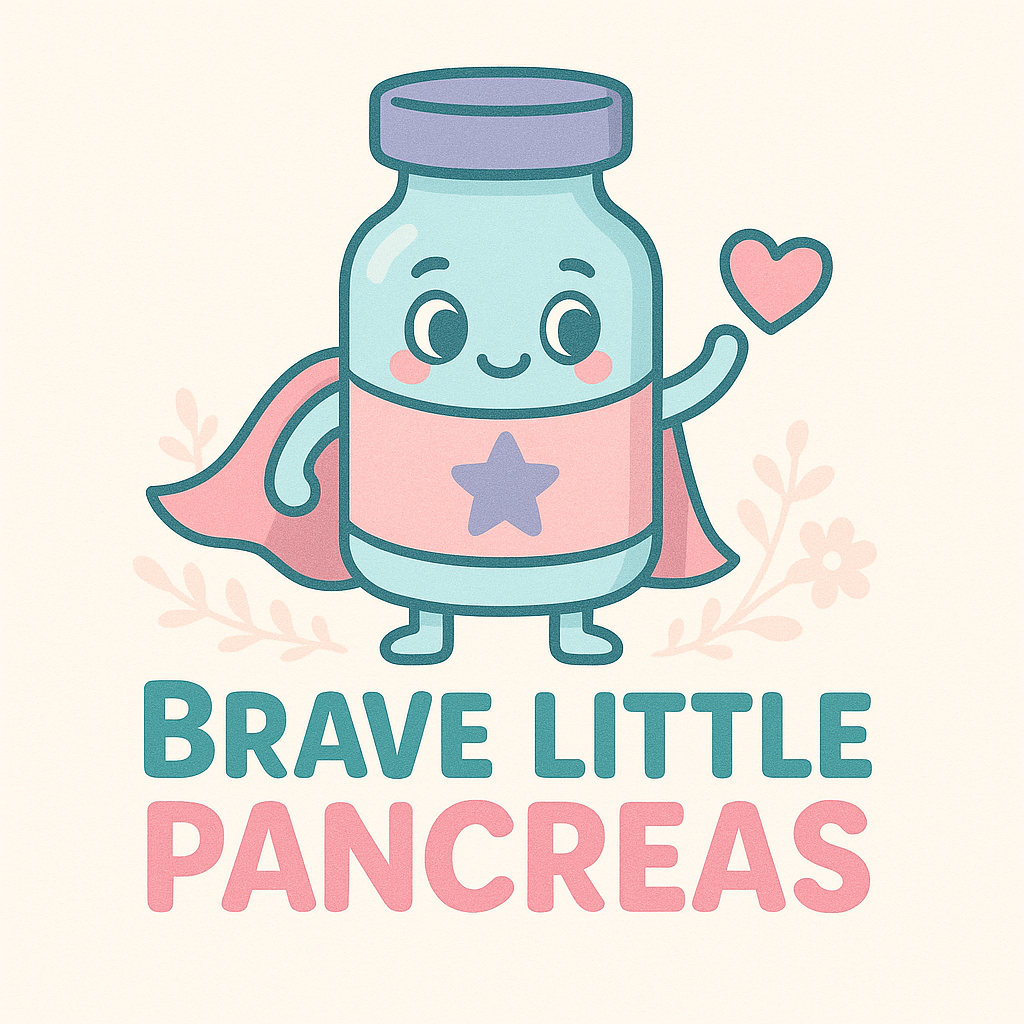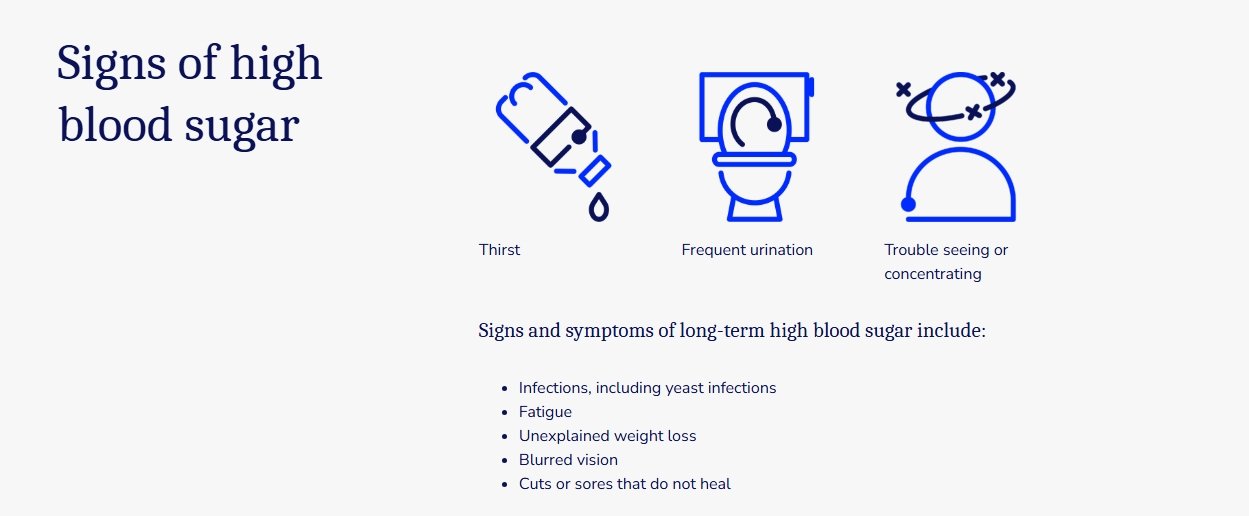In this lesson, you’ll learn:
✔️ What hyperglycemia (high blood sugar) is and why it matters
✔️ Common signs and symptoms of highs in children
✔️ What to do if you think your child is high
✔️ When a high blood sugar becomes an emergency
What Is Hyperglycemia?
Hyperglycemia, or “high blood sugar,” happens when glucose levels rise above your child’s target range. For many children, this means blood sugar above 180–200 mg/dL, but your diabetes care team may give you a specific number for your child.
Highs are common and can be caused by many things: missed insulin, underestimating carbs, illness, growth hormones, stress, or even pump/infusion set issues.
Common Signs of High Blood Sugar
Every child responds differently, but here are the most common symptoms:
Increased thirst
Frequent urination
Headache
Blurry vision
Irritability or mood swings
Stomach aches or nausea
Tiredness or difficulty concentrating
👉 In younger kids, watch for extra bathroom trips or asking for water more often.
👉 In older kids, they may notice headaches or blurry vision.
Severe Symptoms (Emergency – DKA Risk)
If highs are not treated, they can progress to diabetic ketoacidosis (DKA), a serious emergency. Signs of DKA include:
Fruity-smelling breath
Deep, heavy breathing
Vomiting
Stomach pain
Extreme tiredness or confusion
⚠️ If you see these symptoms, call your doctor immediately or go to the ER.
What To Do if You Think Your Child is High
Check blood sugar with a meter or CGM.
If high, give a correction dose of insulin (according to your doctor’s instructions).
Encourage water — it helps flush out extra glucose.
If blood sugar is over 250 mg/dL, check for ketones (urine strips or blood ketone meter).
If ketones are moderate to large, call your care team.
Recheck in 2–3 hours to confirm the correction worked.
Preventing Highs
Double-check carb counts and insulin doses.
Make sure infusion sets or pens are working properly.
Have a sick-day plan for times when your child is ill.
Encourage regular water intake and physical activity (as recommended by your care team).
Quick Parent Tip
✨ Highs happen. Don’t blame yourself or your child — they’re a normal part of life with Type 1 Diabetes. The goal isn’t to avoid every single high, but to respond quickly and confidently when they occur.
Next Lesson Preview: Handling Emergencies — step-by-step what to do when lows or highs become urgent.




